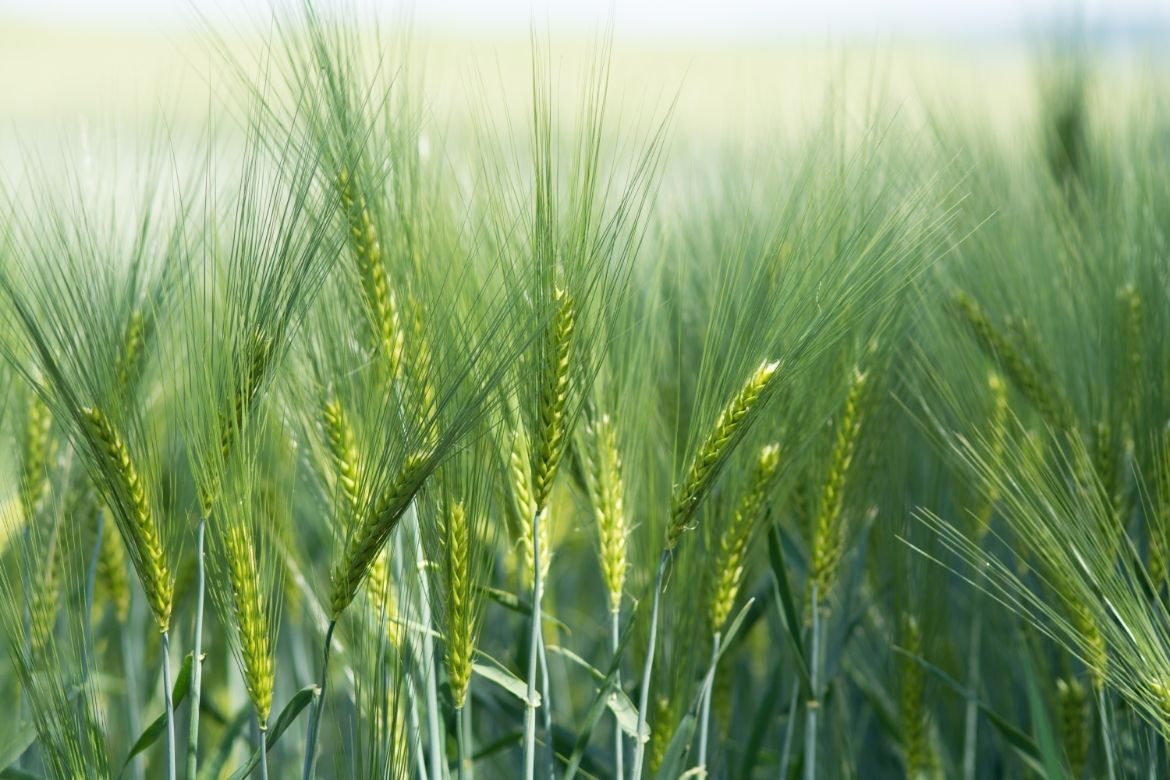Wheat crops have wintered well, according to Shay Phelan of Teagasc, who says that, “Plant stands of 200+ per square metre are common this year. And for the vast majority of these plants there are three or even four tillers in play.”
A crop density of 800-900 shoots per m² could be expected for winter wheat. “And in the vast majority of cases, growers are attaining these objectives. The only exceptions are late crops grown after potatoes or fodder beet,” Phelan comments.
Nitrogen is not as critical as is the case with barley crops. “There is no need to put nitrogen out until mid-March. Conditions have been very conducive for the development of take-all within wheat crops over the past winter months. In these cases, growers should be looking to go with 60-70kg N/ha as soon as possible. This will feed the tillers and the plant. Obviously, the root structure will not be as good within those crops that are impacted by take-all. The applied nitrogen will help plant and tiller survival in this specific context.” Growth regulators should be applied to wheat at around Growth Stages 30-31.
In terms of winter barley, Teagasc’s Ciaran Collins says that net blotch had been a problem in the autumn.
“This was particularly so where barley followed barley. The key priority for barley growers right now is to get nitrogen out. After that, they walk their fields and carry out a comprehensive disease assessment. The biggest return on fungicides within barley programmes will come at the stem extension stage.”
Some research has indicated that applying fungicide to barley at Growth Stage 30 will be effective, only if there are high levels of disease within crops.
LSL News.

